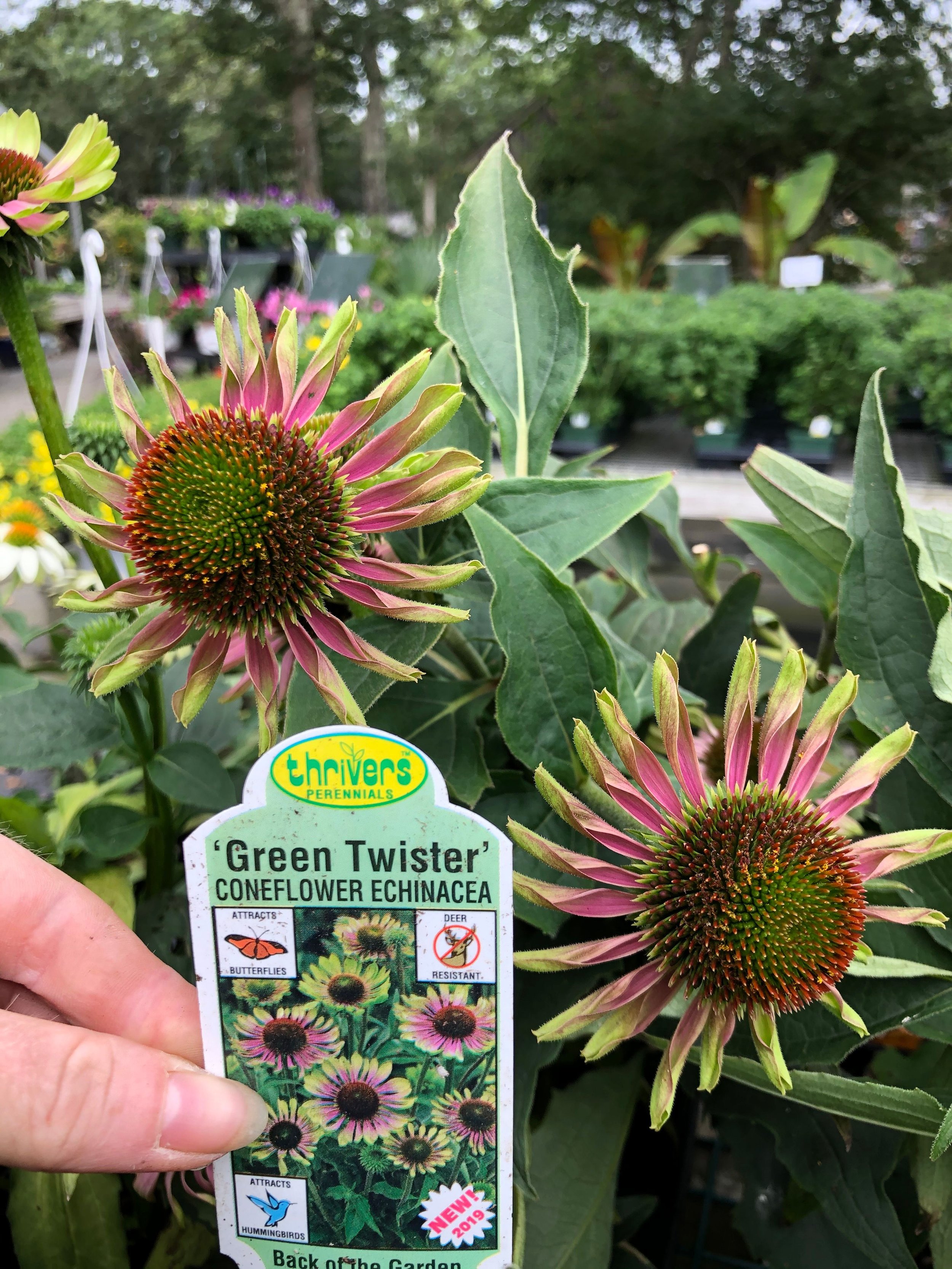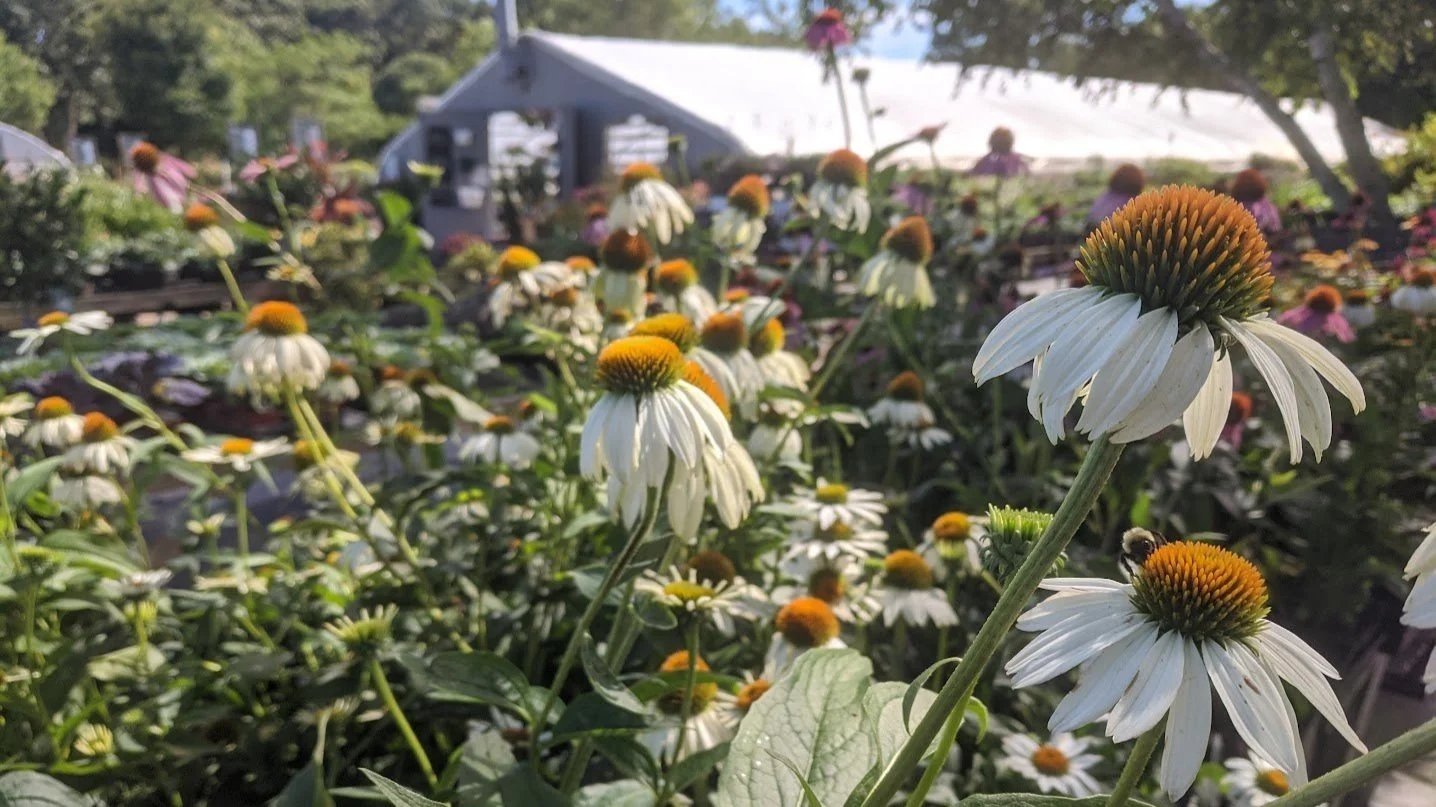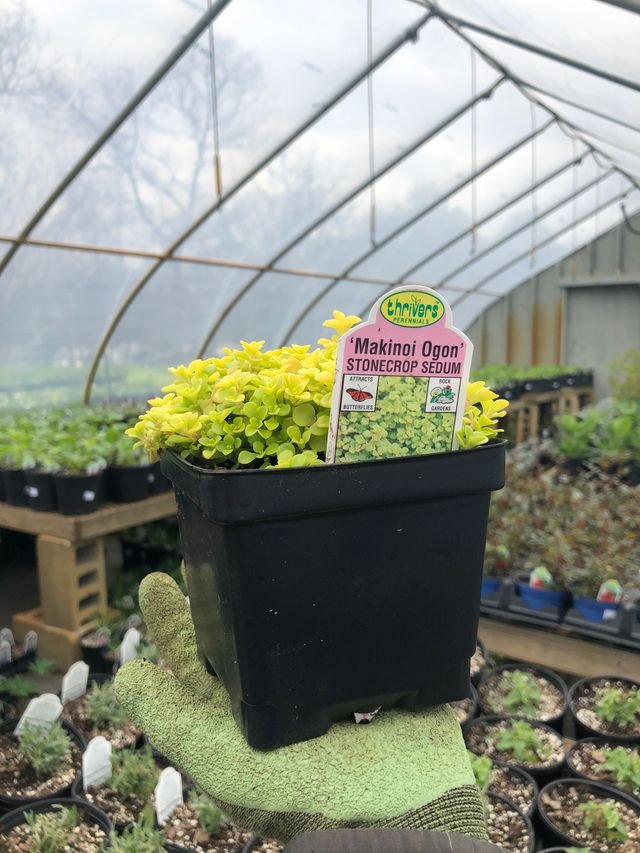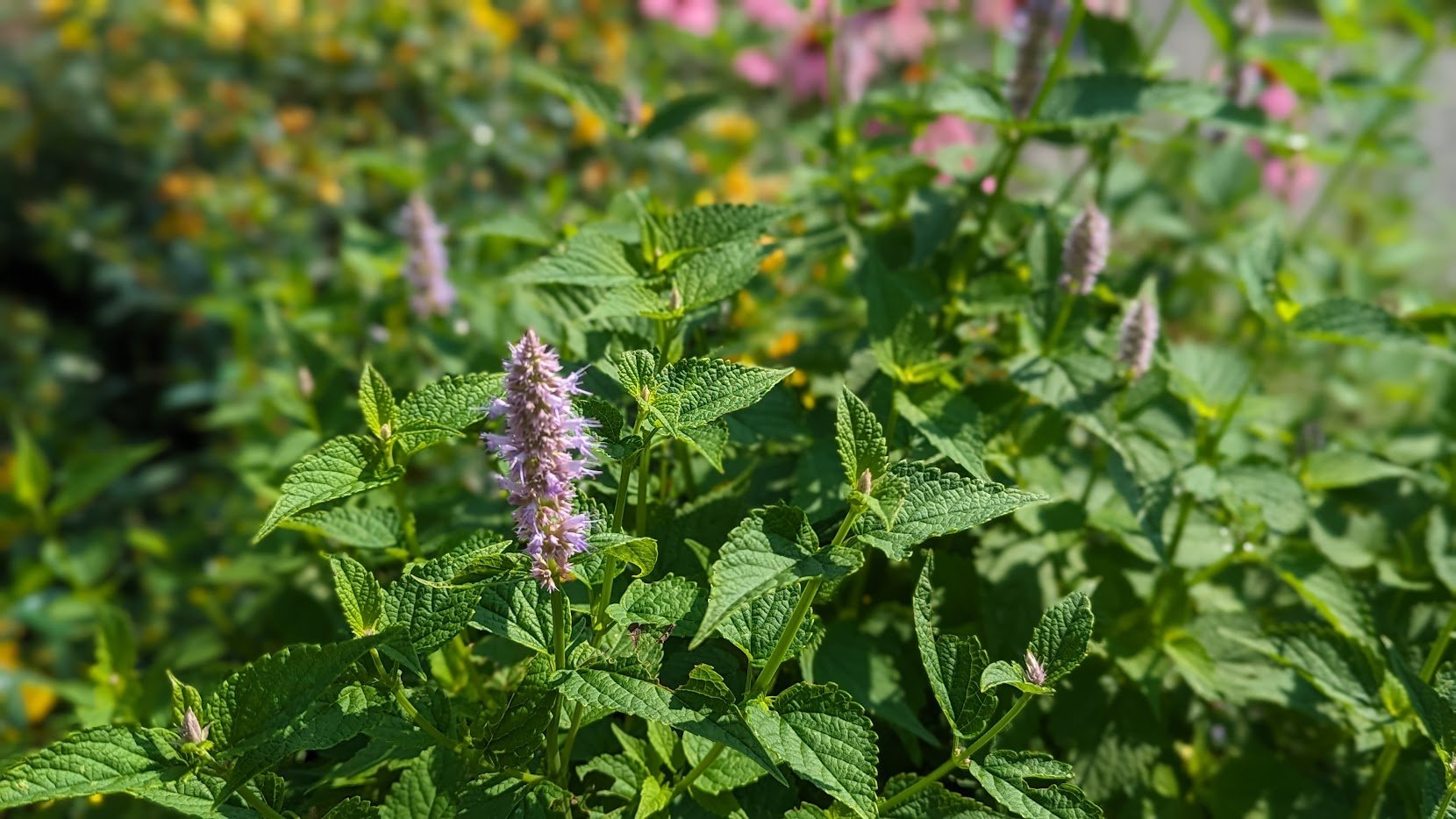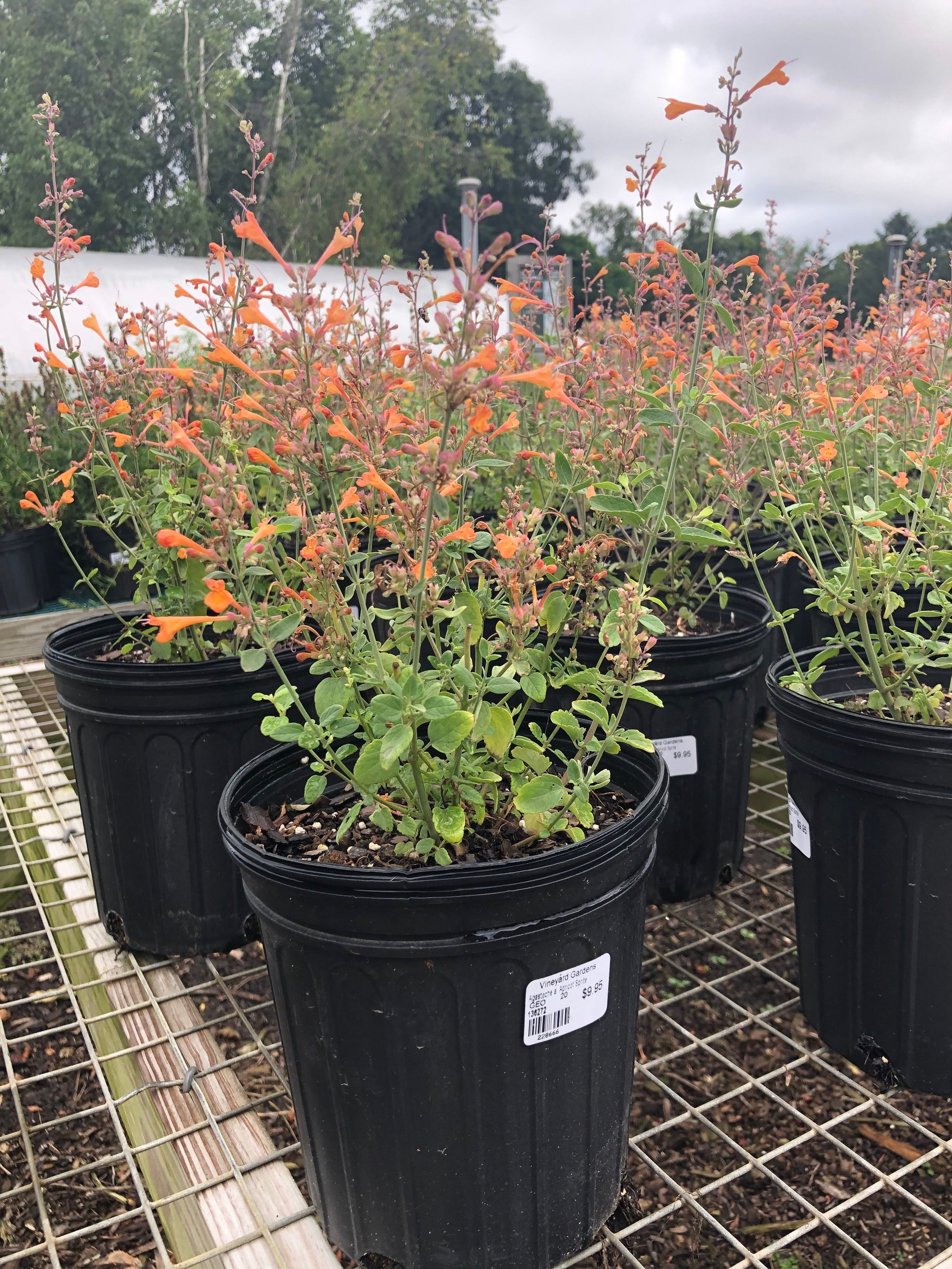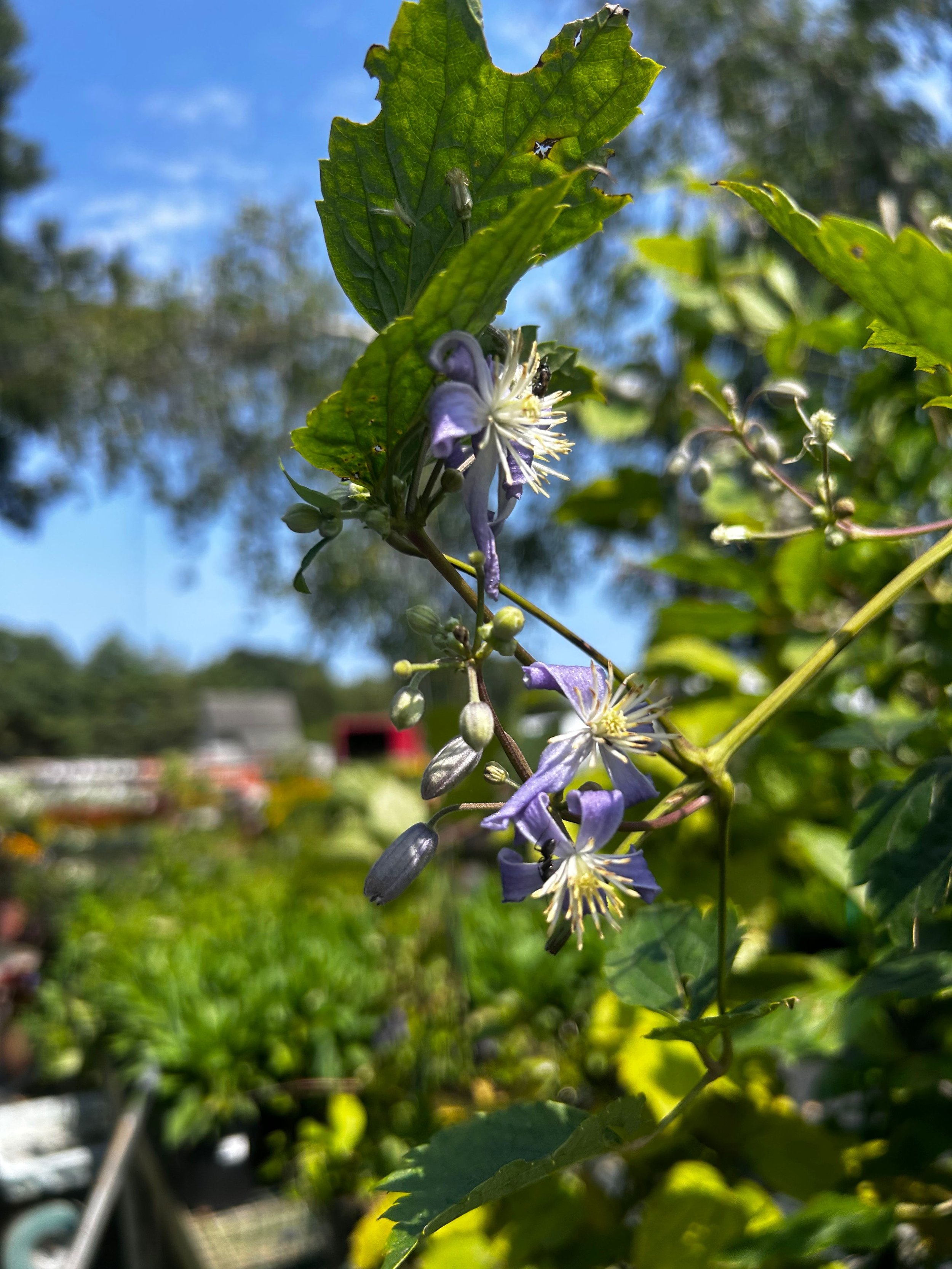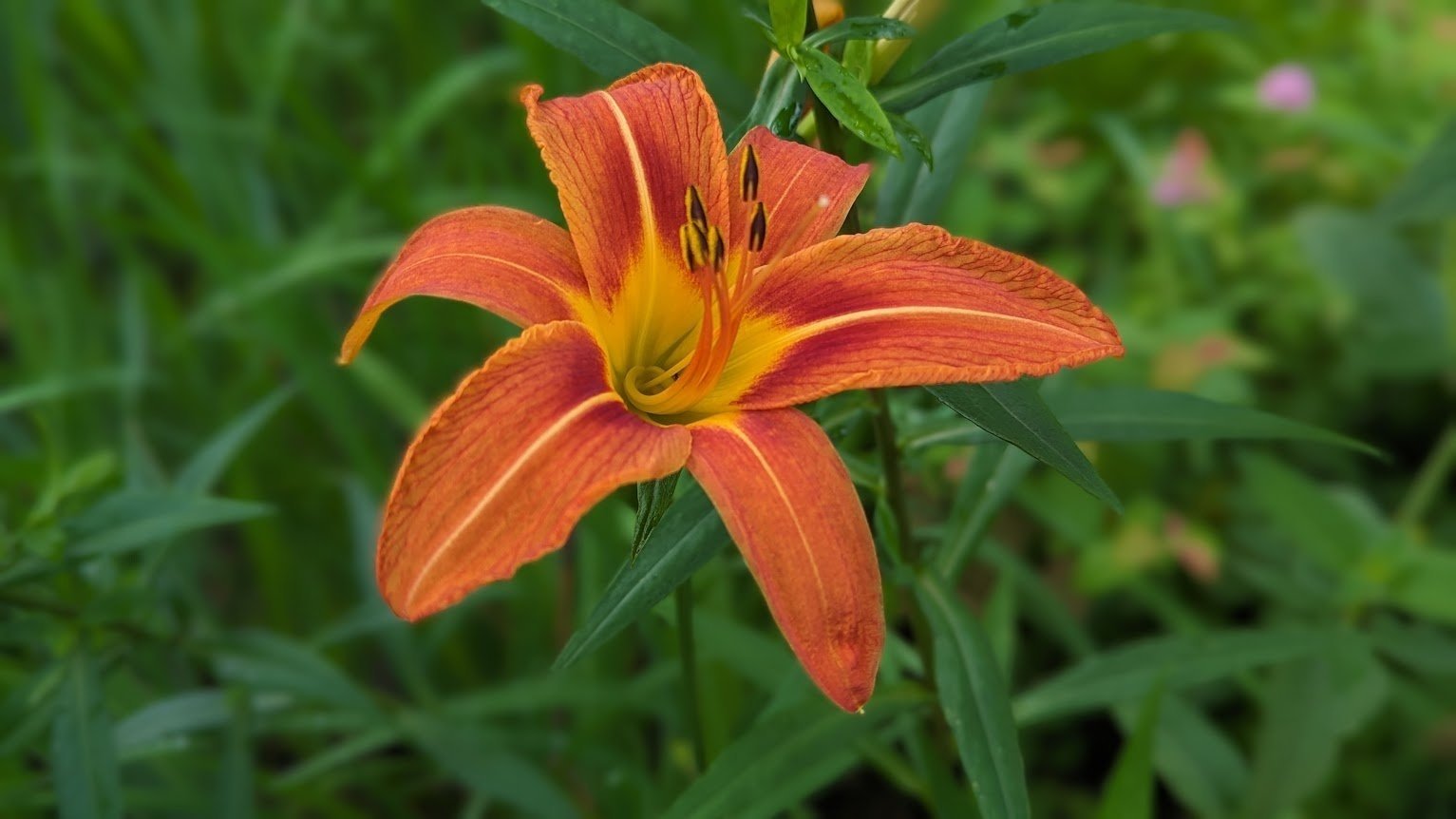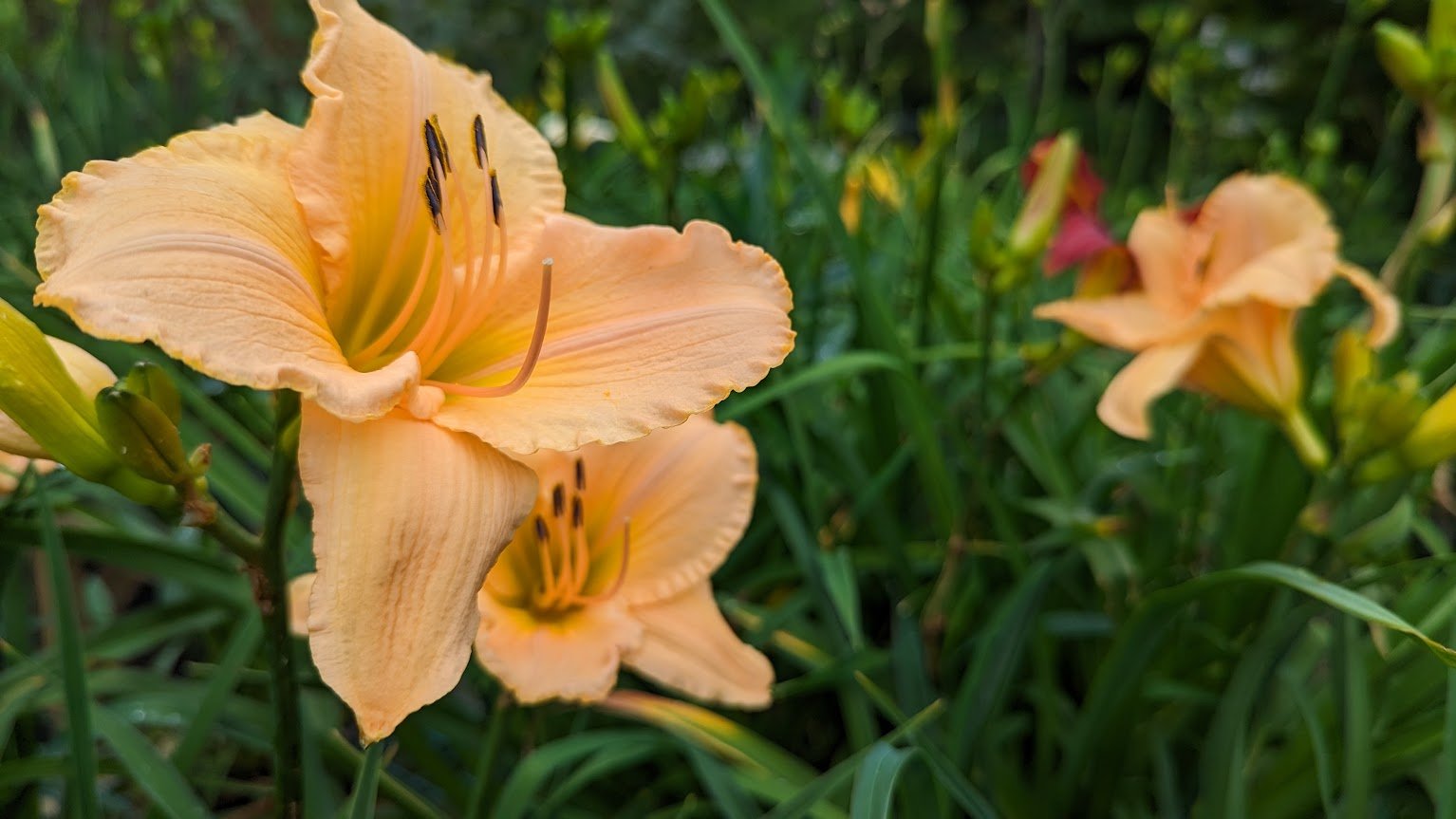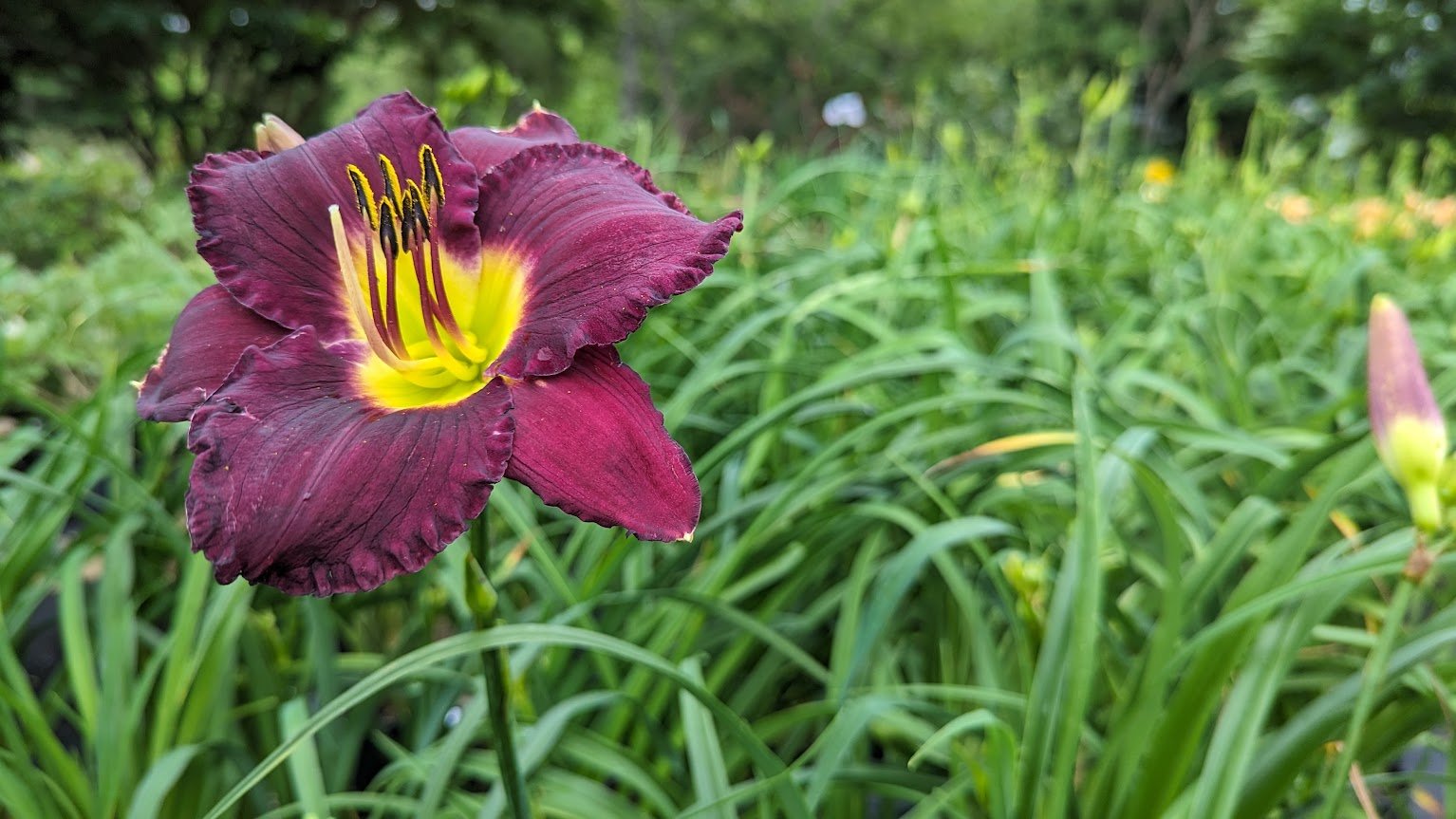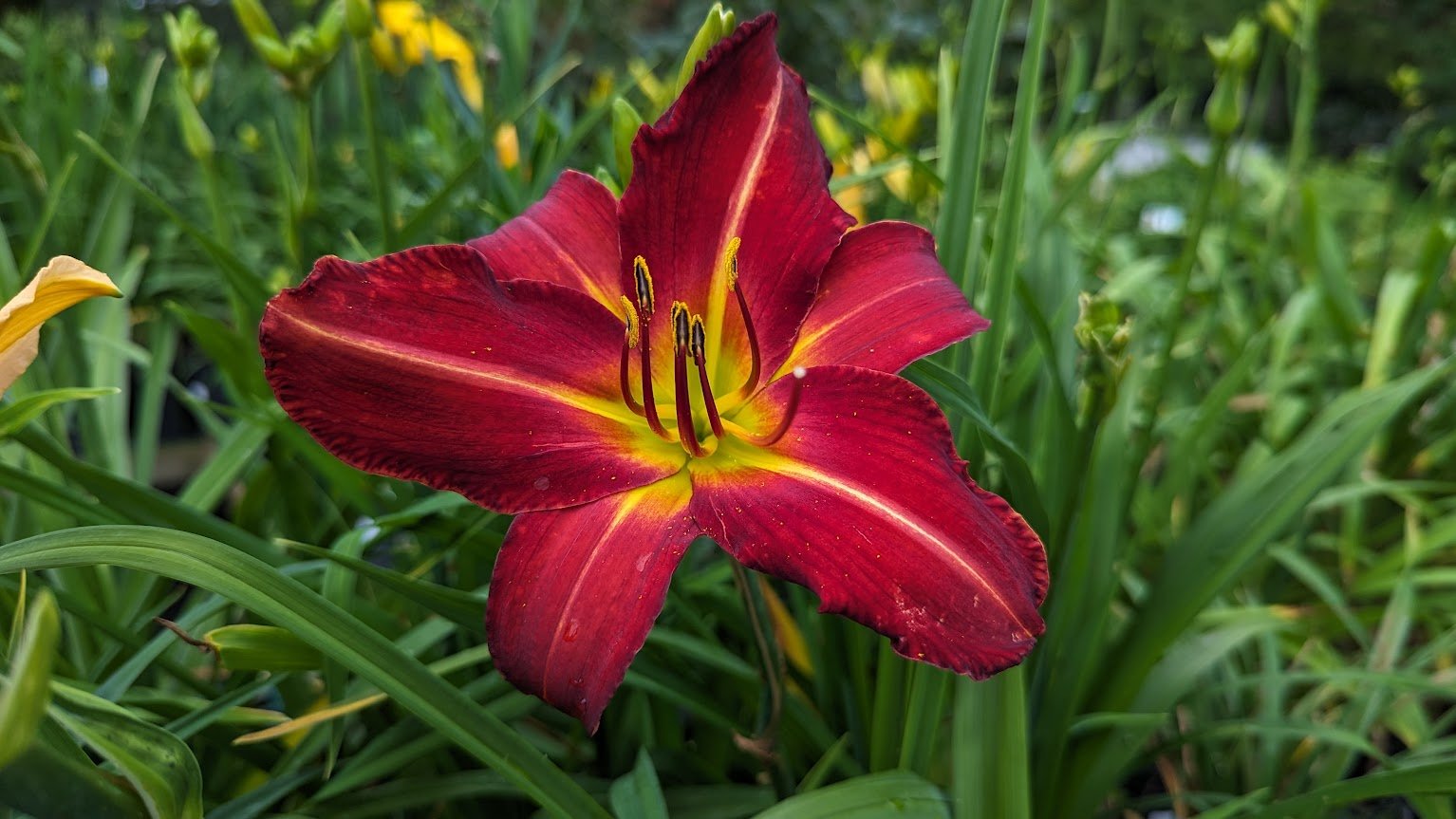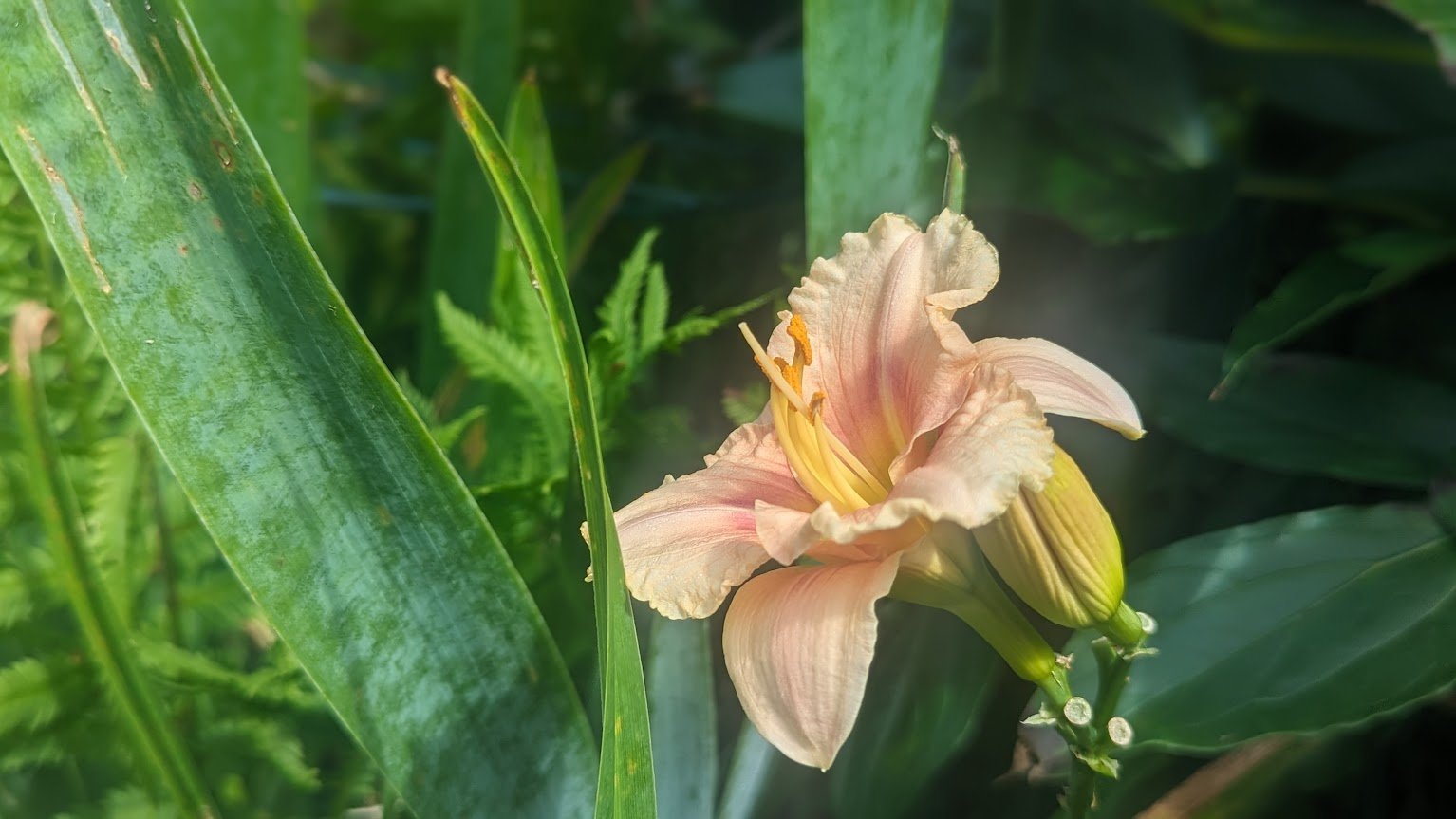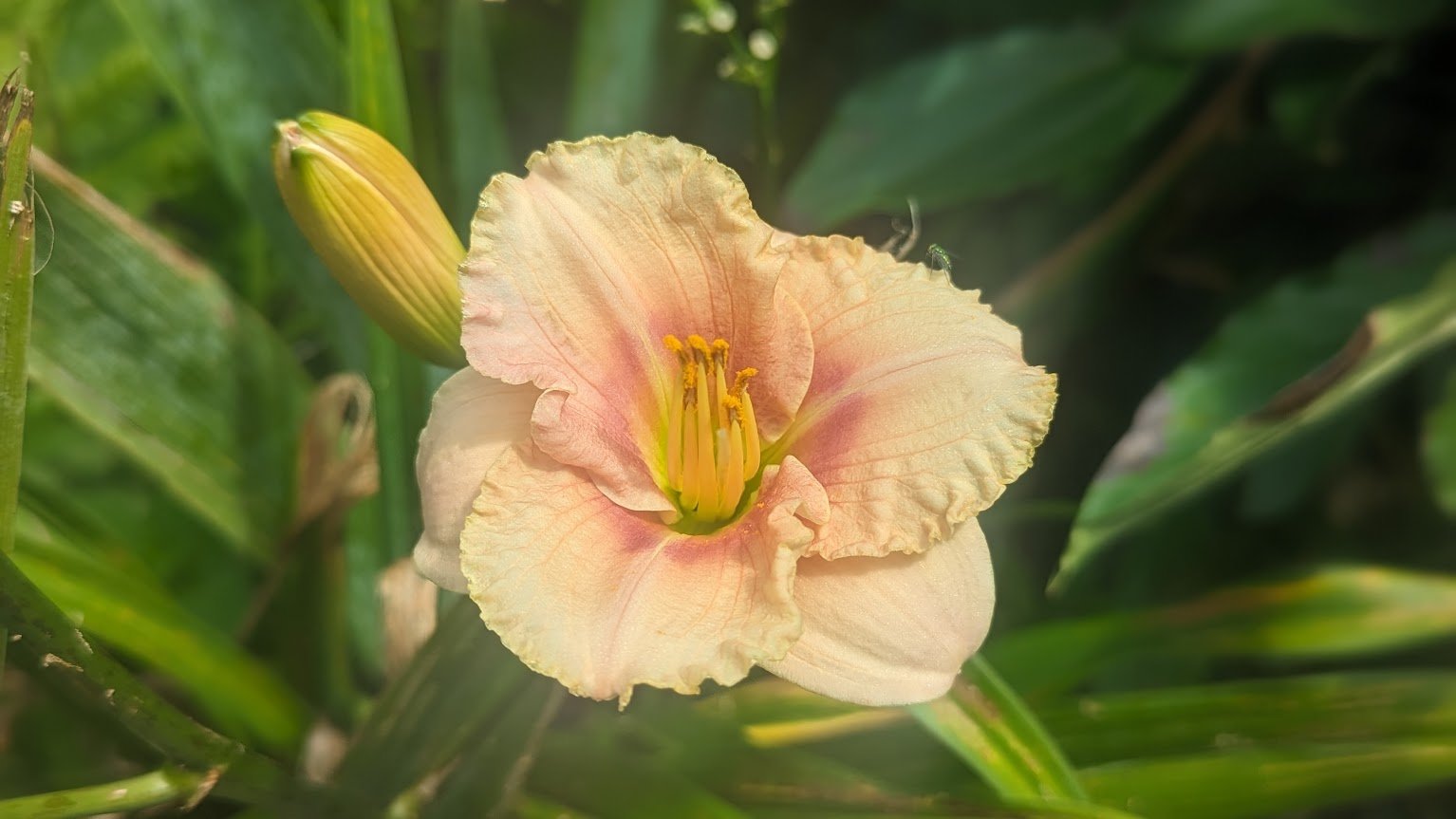Natives vs. Hybrids: A Closer Look at Echinacea
Beauty, Biodiversity, and What to Plant
Walk through any summer garden center and it’s hard to miss the bright, joyful faces of Echinacea, or coneflowers. From fiery oranges to soft whites and vibrant reds. Beyond their colorful appeal, coneflowers tell an important story about biodiversity, adaptability, and the relationship between native plants and modern hybrids.
Native Coneflowers: Built for Resilience
At our nursery, we grow several species of Echinacea from seed, including:
Echinacea purpurea – the classic purple coneflower
Echinacea pallida – with pale, drooping petals
Echinacea paradoxa – a rare yellow species
Starting plants from seed introduces new genetic combinations, which increases the plant’s ability to adapt to changing conditions and resist disease. These natives offer long-term benefits to pollinators, wildlife, and the resilience of the garden itself.
Their color palette is more limited, primarily pinks and yellows, but their ecological value is profound. Native coneflowers are also long-lived, drought-tolerant once established, and deeply rooted in local ecosystems.

















